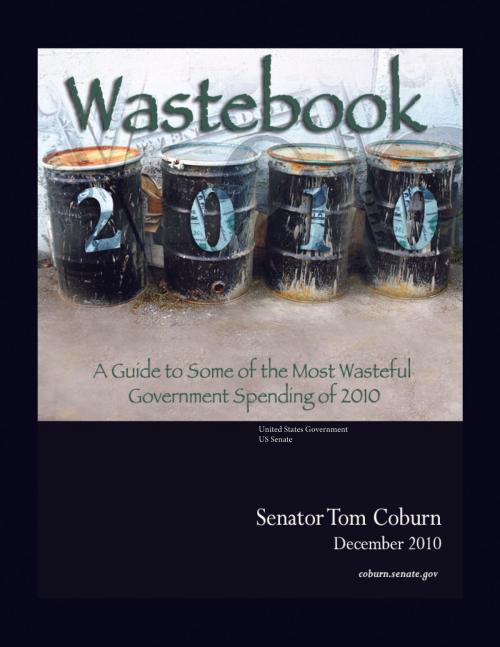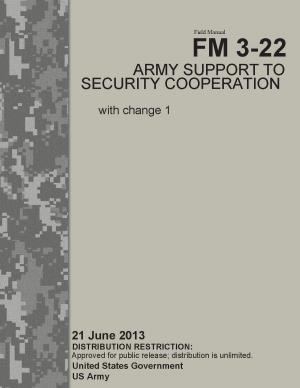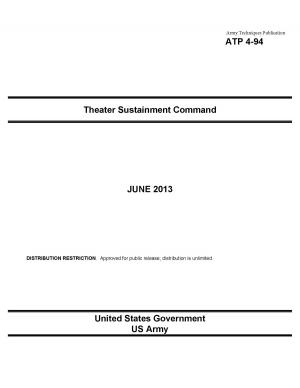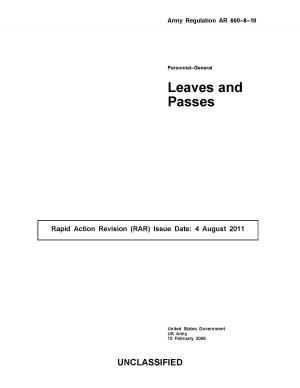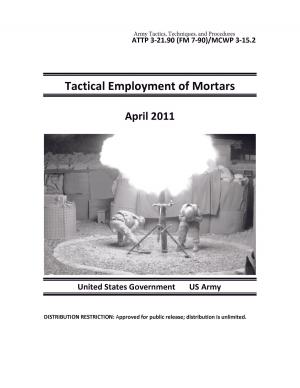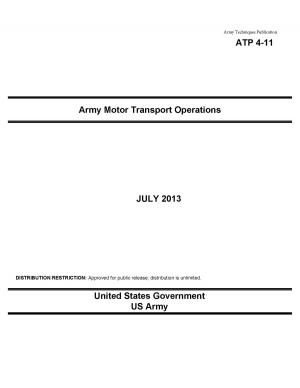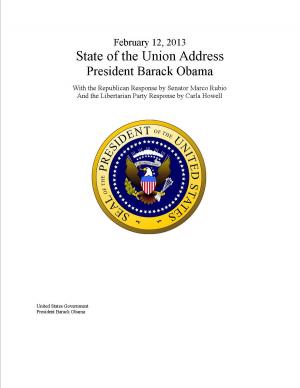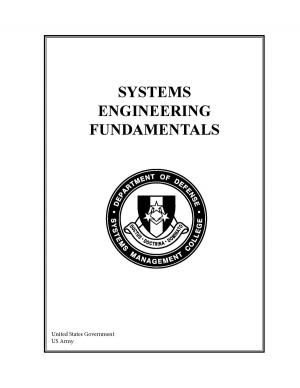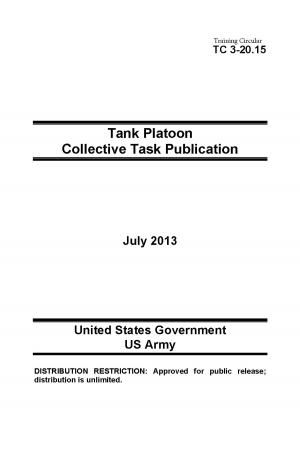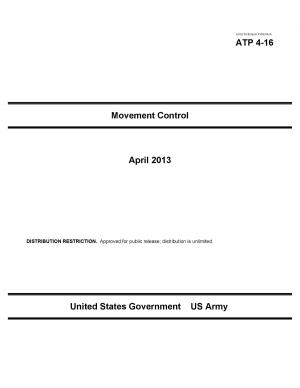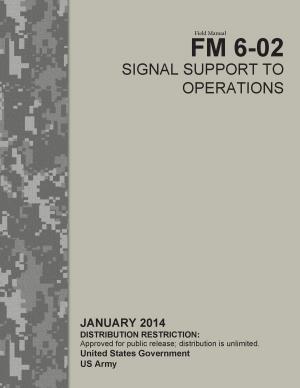Wastebook 2010
Nonfiction, Social & Cultural Studies, Political Science, Government, Public Affairs & Administration, Public Policy| Author: | United States Government US Senate, Senator Tom Coburn M.D. | ISBN: | 1230000204503 |
| Publisher: | eBook Publishing Team | Publication: | December 22, 2013 |
| Imprint: | Language: | English |
| Author: | United States Government US Senate, Senator Tom Coburn M.D. |
| ISBN: | 1230000204503 |
| Publisher: | eBook Publishing Team |
| Publication: | December 22, 2013 |
| Imprint: | |
| Language: | English |
Dear Taxpayer,
As the year 2010 ends, millions of Americans are still struggling to find work. Even those lucky enough to have jobs have had to tighten their belts and trim household budgets. For some this has meant cutting out luxuries; for others, having to make tough choices between necessities. For everyone it means taking stock of what they can really afford.
Is it so much to expect Congress do the same?
The need to cut back federal spending is obvious: there simply is not enough money to pay for everything the government is doing.
Excessive borrowing and spending has driven the national debt to a staggering $13.8 trillion. Last year alone, the government spent well over $1 trillion more than it collected in taxes. Every one of those borrowed dollars will need to be paid back with interest, and unless we can rein in spending, it will also mean higher taxes.
Americans eager to avoid this are asking the government to do more with less, just as they have been doing. The federal budget, however, remains bloated with spending on projects that would hardly merit tax dollars in flush times.
Consider that in 2010 the government spent nearly $2 million to showcase neon signs no longer in use at Las Vegas Casinos. Or that the Government Printing Office commissioned a new comic book to unfold the history of printing for children – at a cost of $30,000.
Examples like these are too numerous to count. Worse yet, they are costing us billions even as we borrow huge sums just to keep the government operating at a basic level.
If deficit spending was an economic cure-all, it seems that it would have done some good over the past decade. Since 2000, the government borrowed and spent eight trillion dollars and we still find ourselves in one of the worst economic periods of the past century.
Well-intentioned people across the political spectrum will argue about the best way to get us back on track. But we can all agree that cutting wasteful and low- priority spending from the budget is not only sensible, but essential.
As a nation, we have been through this before and shown that getting the budget under control is indeed possible. In 1946, following World War II, the government reduced spending by more than 40 percent to stave off growing deficits.
Naysayers at the time warned that budget cuts would lead to the Depression of 1946. Business Week even went so far in September 1945 to make the doomsday prediction that GNP would drop 20 percent and that unemployment could climb to 14 percent if drastic cuts were enacted.2 Not only did the cuts erase the deficit, however, they coincided with a period of unrivaled economic expansion.
As you look at these examples, ask yourself: at a time when we are borrowing over$44,000 for every person in the country, are these items a priority and are they a federal responsibility? Many taxpayers will no doubt agree that the wasteful spending uncovered in this report is not what they had in mind when they filed their taxes in April. Few will find that they represent the best our government has to offer.
During these difficult times when families are struggling to make ends meet, the federal government can best assist hard working Americans by keeping their taxes low and not burdening them with higher debt. Congress can do so by not spending money we do not have on things we do not need, like the over $11.5 billion of examples provided in this report.
Dear Taxpayer,
As the year 2010 ends, millions of Americans are still struggling to find work. Even those lucky enough to have jobs have had to tighten their belts and trim household budgets. For some this has meant cutting out luxuries; for others, having to make tough choices between necessities. For everyone it means taking stock of what they can really afford.
Is it so much to expect Congress do the same?
The need to cut back federal spending is obvious: there simply is not enough money to pay for everything the government is doing.
Excessive borrowing and spending has driven the national debt to a staggering $13.8 trillion. Last year alone, the government spent well over $1 trillion more than it collected in taxes. Every one of those borrowed dollars will need to be paid back with interest, and unless we can rein in spending, it will also mean higher taxes.
Americans eager to avoid this are asking the government to do more with less, just as they have been doing. The federal budget, however, remains bloated with spending on projects that would hardly merit tax dollars in flush times.
Consider that in 2010 the government spent nearly $2 million to showcase neon signs no longer in use at Las Vegas Casinos. Or that the Government Printing Office commissioned a new comic book to unfold the history of printing for children – at a cost of $30,000.
Examples like these are too numerous to count. Worse yet, they are costing us billions even as we borrow huge sums just to keep the government operating at a basic level.
If deficit spending was an economic cure-all, it seems that it would have done some good over the past decade. Since 2000, the government borrowed and spent eight trillion dollars and we still find ourselves in one of the worst economic periods of the past century.
Well-intentioned people across the political spectrum will argue about the best way to get us back on track. But we can all agree that cutting wasteful and low- priority spending from the budget is not only sensible, but essential.
As a nation, we have been through this before and shown that getting the budget under control is indeed possible. In 1946, following World War II, the government reduced spending by more than 40 percent to stave off growing deficits.
Naysayers at the time warned that budget cuts would lead to the Depression of 1946. Business Week even went so far in September 1945 to make the doomsday prediction that GNP would drop 20 percent and that unemployment could climb to 14 percent if drastic cuts were enacted.2 Not only did the cuts erase the deficit, however, they coincided with a period of unrivaled economic expansion.
As you look at these examples, ask yourself: at a time when we are borrowing over$44,000 for every person in the country, are these items a priority and are they a federal responsibility? Many taxpayers will no doubt agree that the wasteful spending uncovered in this report is not what they had in mind when they filed their taxes in April. Few will find that they represent the best our government has to offer.
During these difficult times when families are struggling to make ends meet, the federal government can best assist hard working Americans by keeping their taxes low and not burdening them with higher debt. Congress can do so by not spending money we do not have on things we do not need, like the over $11.5 billion of examples provided in this report.
